By the end of 1944, Adolf Hitler's Third Reich was in its death throes. Still, the German Führer hoped for deliverance in the form of an offensive through Belgium to split the Western Allies in two as his armies had done four years before. By this time, total victory was impossible. But German resistance had hardened at the German frontier and supply problems slowed the Allied advance to a crawl. Hitler, and more than a few die-hard Nazis, believed they could force the Americans and British to the negotiating table and redeploy the 10 million-man strong German Army (Wehrmacht) to the fast-approaching Eastern Front. It was a desperate gamble that turned into the largest battle in American military history. And it could have been far worse.
Here are five little known facts about the Battle of the Bulge:
Most of Hitler's Generals Didn't Know Until the Last Minute
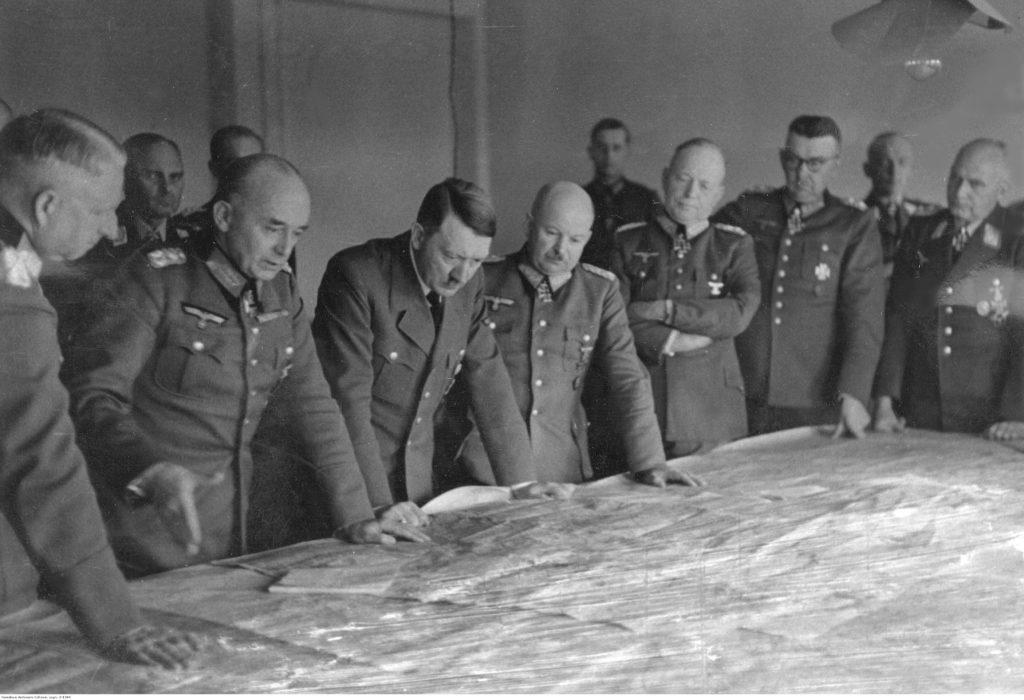
German Army High Command (OKW) began quietly planning for an offensive in the Ardennes in September. However, most commanders including many of Germany's remaining field marshals didn't know about the attack until a few days before it began. The secrecy around the operation played a critical role in its initial success.
Germany would attack in winter when snow and fog limited the Allies' superior air support. Still, most generals were appalled. Field Marshals Walter Model and Gerd von Rundstedt proposed a more limited operation that they believed could still inflict a sharp defeat on the Americans. They felt confident German armor could pierce the thinly held lines, but they knew they no longer had the resources to sustain a major offensive.
Allied Overconfidence Led to a Disastrous Intelligence Failure
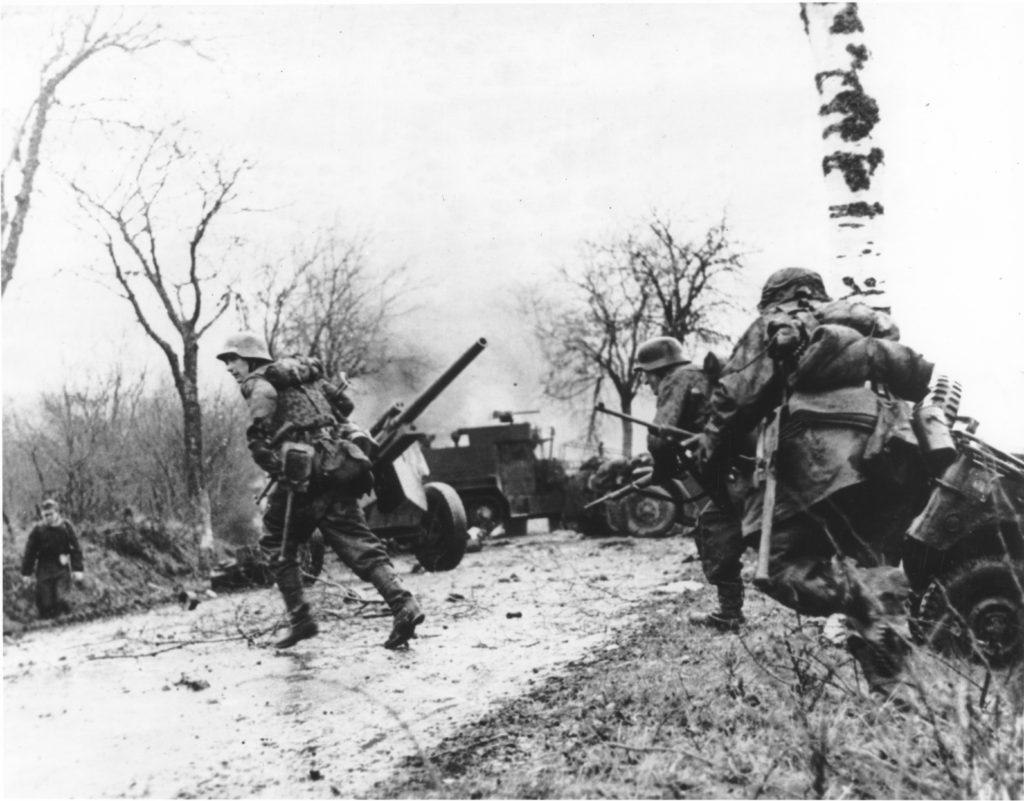
The greatest intelligence failure of the Western Allies was their inability to predict Hitler's assault. For years, Ultra intercepts had warned Allied commanders about German attacks. The Allies started taking the extraordinary work of their code breakers for granted. Worse, the Wehrmacht's tendency to send orders via radio intercepts, which could be picked up and decrypted, was replaced with orders given over telephone and teleprinter. Germany's extensive telephone and telegraph network made sending radio messages less necessary. The Germans did their utmost to maintain secrecy, going so far as to give infantry units charcoal for cooking to minimize smoke, which might have given away their numbers.
The Germans Missed Crucial Opportunities Early On
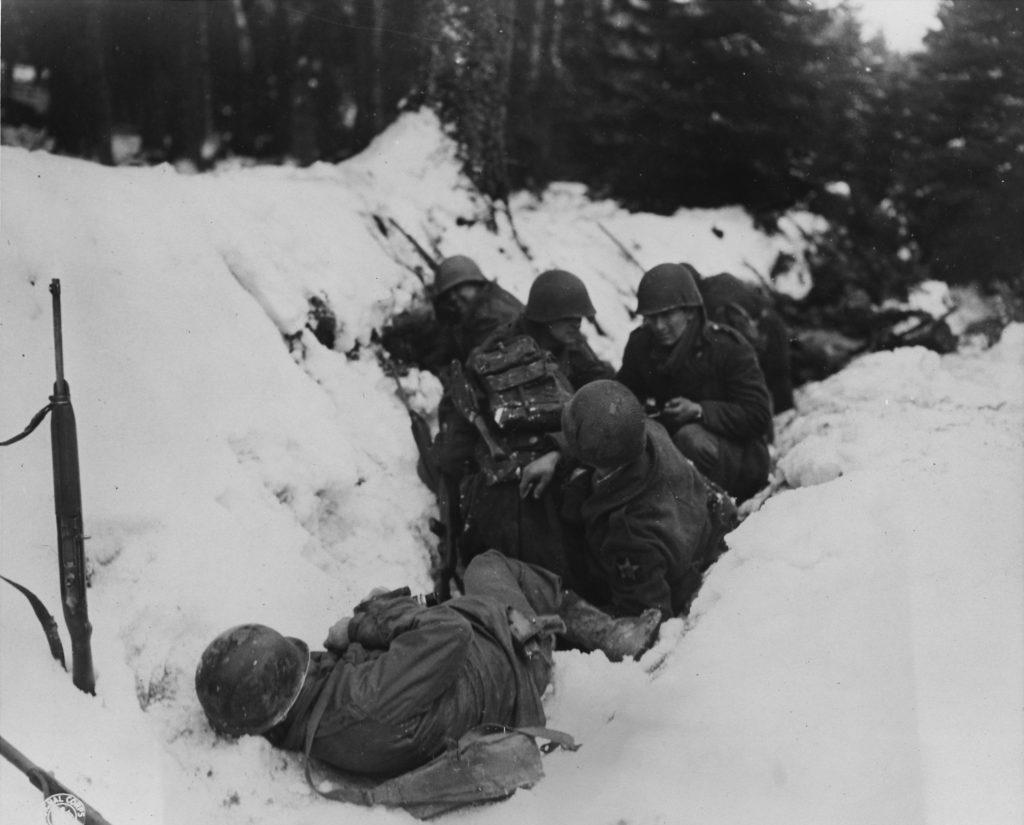
The Wehrmacht of 1944 wasn't the same force that conquered much of Europe in 1940-41. While the tank (panzer) units represented the Wehrmacht's elite, most of Germany's best infantry units had already been killed or captured. The brief time most commanders had to digest Hitler's grand plan wasn't enough to figure out a way to maximize the speed of their breakout. During those first days, the Germans' only chance of success succumbed to logistical nightmares. Panzers could rarely drive two abreast through the dense forest. Thousands of vehicles became stuck in traffic jams. Tank commanders who broke through often berated the infantry for their relative sluggishness. In a few chaotic days, the Germans killed thousands of American soldiers, destroyed hundreds of U.S. tanks and captured some 25,000 troops. Substantial supply depots fell into German hands. But delays wasted any chance of victory.
The Massacres That Turned the Tide
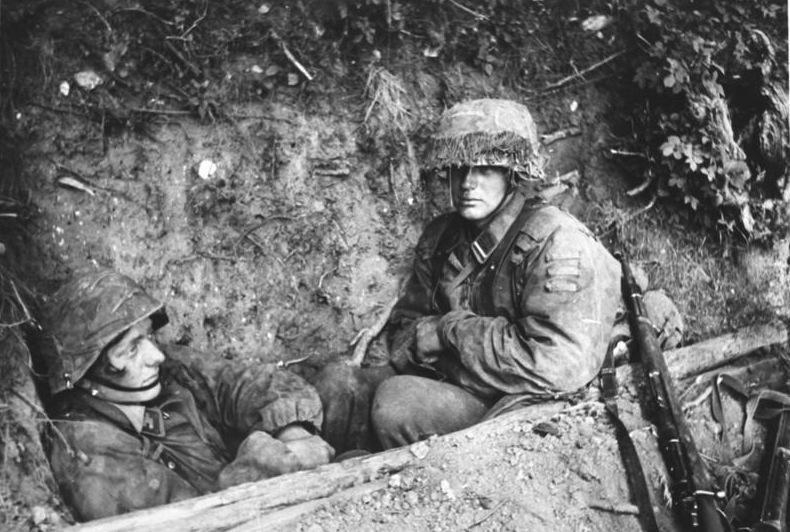
Shooting prisoners of war wasn't unheard of on either side following the heat of battle. Still, Colonel Joachim Peiper had a record of brutality that's impossible to comprehend. Peiper had a notorious reputation—even in the SS. On December 17, Kampfgruppe Peiper, an armored combat formation that bore Peiper's name destroyed a column of vehicles from the U.S. 7th Armored Division near Malmedy. SS troops marched approximately 150 GIs who had surrendered into a nearby field and opened fire. At least 86 Americans perished. That same day, SS panzer units killed 19 American prisoners at Honsfeld and 50 at Büllingen. The reports hardened American resistance up and down the front.
The Offense Grinds Down
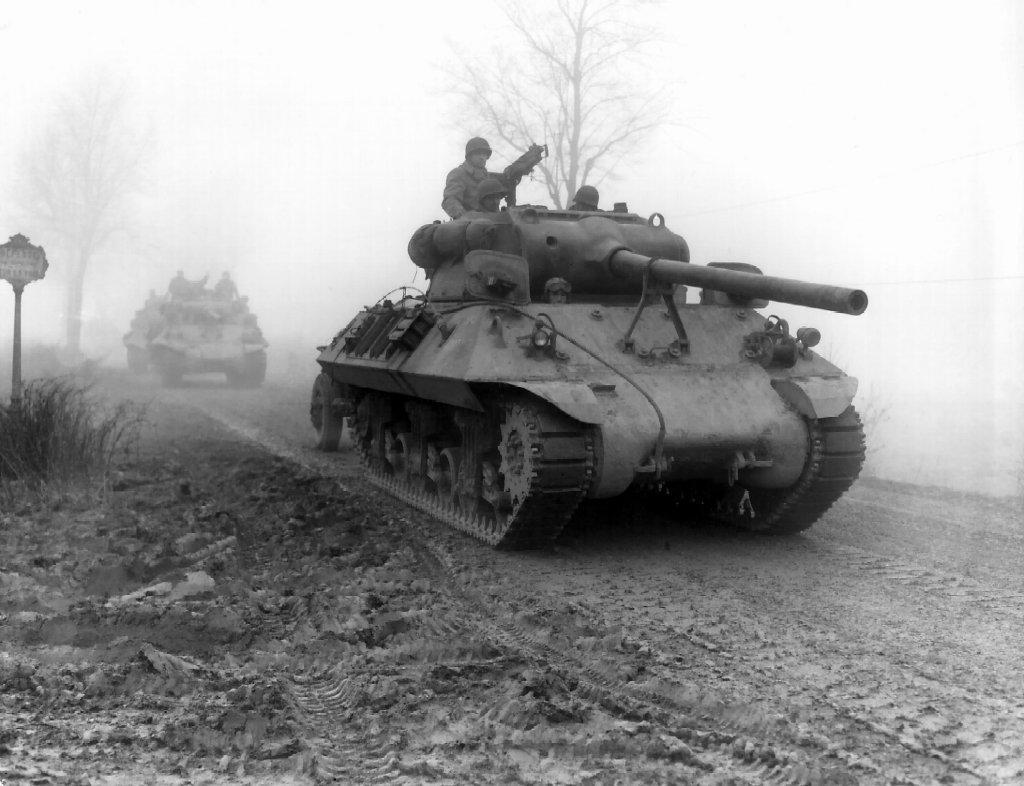
Germans panzers ground to a halt within a few miles of the Meuse River. The Wehrmacht's failure to capture Bastogne slowed their advance elsewhere—as did the legendary defense of the U.S. 2nd and 99th divisions in front of Liège and Spa. Eventually, the vaunted German armor ran out of fuel. And when the skies cleared, the Allied air forces further reduced the enemy's ability to wage warfare on the ground.
The Bulge cost the U.S. some 90,000 casualties, but Germany lost between 65,000-100,000 men, 600 tanks and 1,300 aircraft and it guaranteed the Nazi's final destruction.


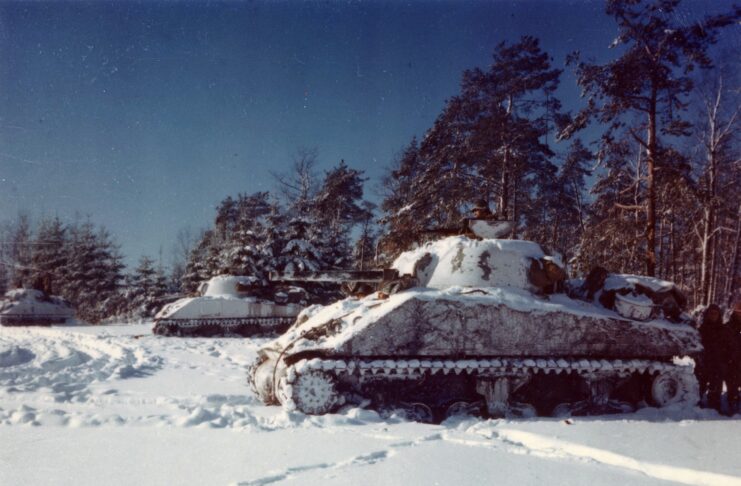
Thanks for this well-written piece. I would just like to suggest coverage of the extraordinary post-Ward history of the criminal J. Peiper. I find it stunning that his death sentence was commuted and that he was released from prison in short order despite having the blood of hundreds if not thousands of people on his hands.